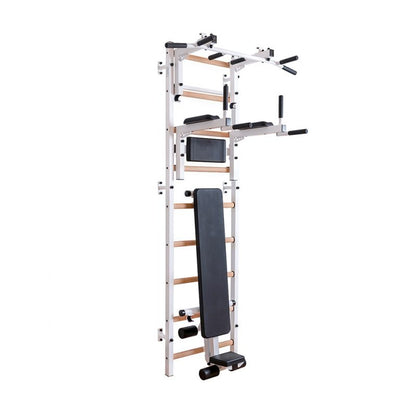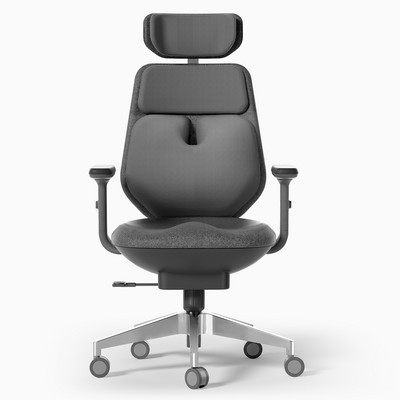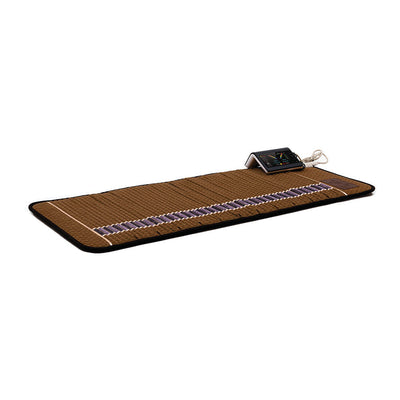
Cold Plunge: How Long Should You Dive In?
Introduction to Cold Plunge
Cold plunging has a rich history and has been practiced across various cultures. With its roots going back to ancient civilizations, this practice has been touted for its health benefits for centuries.
History of Cold Plunging
From Roman bathhouses to Japanese onsen rituals, cold plunging has long been recognized as a therapeutic act. Ancient Spartans even believed that cold water invigorated the spirit, fostering bravery and resilience.
Benefits of Cold Plunging
Delving into cold waters can offer a multitude of benefits. Some swear by its energy-boosting properties, while others praise its role in muscle recovery, especially post-exercise. Furthermore, the mental fortitude needed to dive into chilly depths can empower individuals, bolstering their mental strength.
The Science Behind Cold Plunge
Dipping into cold water isn't just about the shock factor. There's genuine science behind the sensations and the aftermath of the experience.
The Body’s Response to Cold
Upon encountering cold water, the body undergoes vasoconstriction - a fancy term for blood vessels shrinking. This process helps in redirecting blood to vital organs, acting as a protective mechanism.
Boosting Immunity and Cold Plunge
Several studies suggest that consistent cold water immersion can enhance immune response. The body, in an effort to warm up, may ramp up metabolic processes which, in turn, can boost immunity.
How Long to Cold Plunge
Beginners’ Guide
If you're a newbie to the cold plunge world, start slow. Initially, aim for about 30 seconds to a minute. Over time, as you acclimatize, gradually increase the duration.
For Athletes and Professionals
Seasoned cold plungers, including athletes, might immerse for longer, ranging from 5 to 10 minutes. However, always listen to your body and never push excessively.
Potential Risks and Precautions
While the benefits are plentiful, it's crucial to approach cold plunging with caution.
When to Avoid Cold Plunge
Individuals with certain health conditions, like Raynaud's disease or cardiovascular issues, should consult a doctor before trying. Pregnant women are also advised to seek medical counsel.
Safety Measures
Never plunge alone. Having a buddy ensures safety, and it's always wise to have someone keeping a watchful eye.
How to Make the Most of Your Cold Plunge
To get the most from your chilly dive, timing and technique matter.
Best Times to Plunge
Early mornings or post-workout can be ideal. The former kickstarts your day with a rush, while the latter aids in muscle recovery.
Proper Technique and Posture
Enter the water gradually, ensuring you maintain steady breathing. Avoid diving headfirst, and instead, focus on immersing the body slowly.
The Wonders of Cold Water Therapy
Cold plunging is just one facet of cold water therapy. Exploring other avenues can offer varied experiences and benefits.
Alternatives to Cold Plunge
Ice baths or cold showers can serve as alternatives. While not as intense as a full-body plunge, they still provide a hefty dose of the cold.
Success Stories
From celebrities to athletes, many have shared their transformative journeys with cold water therapy. Their tales of rejuvenation and revitalization are truly inspiring.
FAQs
-
What is the ideal water temperature for cold plunging?
Generally, water temperatures between 50 to 59 degrees Fahrenheit are considered optimal. -
Can children try cold plunging?
It's best to consult with a pediatrician first. If given the green light, always ensure adult supervision. -
How frequently should I cold plunge?
Frequency can vary based on individual preference. However, starting with once a week and then adjusting according to comfort can be a good strategy. -
Is cold plunging beneficial for skin health?
Yes, cold water can tighten pores and improve circulation, giving the skin a rejuvenated appearance. -
Can cold plunging help with weight loss?
While not a magic bullet, it can boost metabolism which, when coupled with a balanced diet and exercise, can aid weight loss. -
Is it necessary to have a dedicated plunge pool?
No, natural water bodies like lakes or oceans can also serve the purpose, provided they are safe and clean.
Conclusion
Cold plunging, a therapeutic and rejuvenating experience, offers a plethora of benefits. While understanding how long to cold plunge is vital, it's equally important to recognize individual limits and take precautions. With the right approach, this ancient practice can truly invigorate the body and mind.
« Back to Cold Plunge









